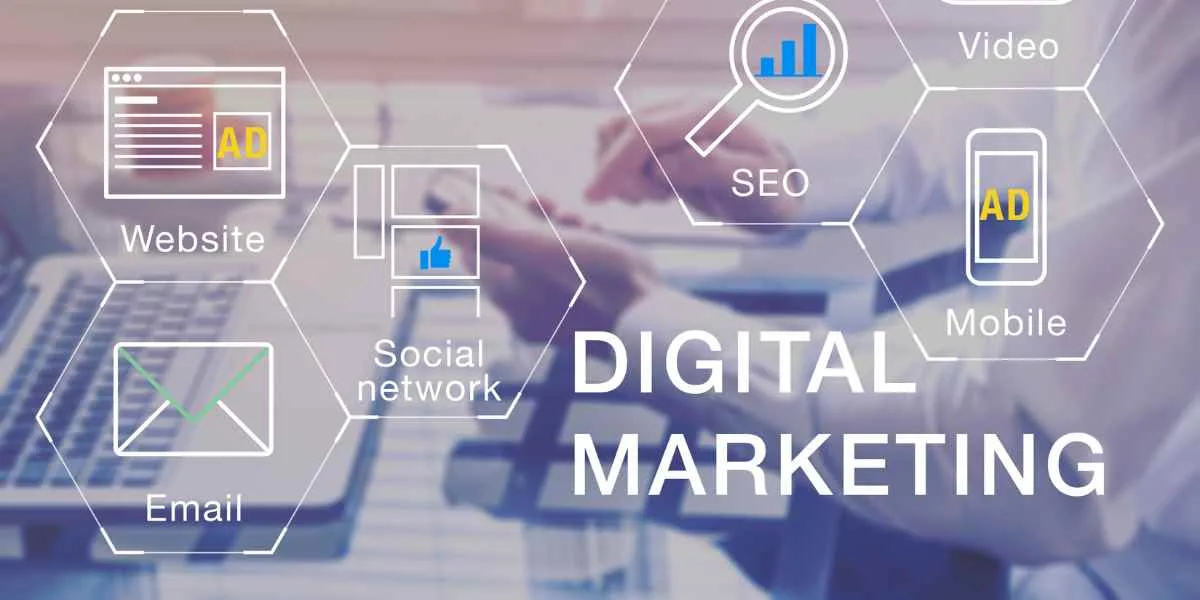Listen to this Article
Pay-Per-Click (PPC) advertising, aka search engine marketing, is a potent tool for digital marketing. With PPC ads, businesses can reach more of their target audience and drive measurable results. However, the success of PPC marketing depends on effective setup, management, and optimization. How can you make your search engine marketing work for you? These PPC best practices can help your business reach your goals and stay cost-effective. Let’s find out how.
Keyword Research
One of the foundational processes for PPC best practices is identifying and selecting the most relevant keywords for your ads. This is a crucial step that involves understanding specific terms and phrases your potential customers are looking for when trying to find your services.
Keyword research is not an area to skim through. Because your ad campaigns are based on the keywords provided, your keyword research is the bedrock for successful campaigns. Your keywords will determine the success rate of your PPC ads. Take the time to research and outline your audience, determine high-performing keywords, and create a list of negative keywords.
Effective keyword research not only drives traffic but also contributes to higher ad relevance, click-through rates (CTR), and, ultimately, more conversions and greater return on investment (ROI).
How To Perform Keyword Research
First, understand your business goals and outline your target audience. Then, conduct competitor analysis and brainstorm seed keywords. What keywords would you search for? Do they show up your competitors? Use keyword research tools, like Google Ads Keyword Planner, SEMrush, or Ahrefs, for data on search volume, competition, and recommendations for related keywords.
Don’t forget to include long-tail keywords. These are most specific and often have lower competition but can attract highly targeted traffic to your site. Lastly, make a list of negative keywords. These can help weed out irrelevant searches and ensure your ads show to only qualified audiences.
Once you set up your keywords and the ads are running, regularly review and make necessary updates. Implement A/B testing to assess performance against your goals and review different keywords and ad variations. Find what’s working, and improve on it!
Creating Compelling Ad Copy
The content of your ads is what will make or break your campaign. PPC best practices include creating a persuasive narrative that captures your audience and drives them to take action. And you have a limited character count to do it in.
Start by understanding your target audience and their pain points. What are they looking for? How can you provide help with their pain points? Tailor your copy to resonate with their needs, highlight unique selling points, and emphasize what sets your service apart. Use clear, compelling language and a call-to-action (CTA) that prompts an immediate response.
But don’t stop there. Just as with keywords, regularly test and refine your copy based on performance data. Keep your ads fresh and aligned with evolving marketing trends. Your content isn’t just about conveying information; it’s about creating a connection that compels users to click and explore what you offer.
How to Write the Content
Start with a clear understanding of your audience and campaign goals. Remember your keyword research for phrases that are most relevant to your audience. Speak directly to your audience’s needs, and prioritize clarity and brevity.
If you get writer’s block, consider reviewing your research to see what other ads are out there and how they are worded. Search for ideas with artificial intelligence and use that as a launchpad to write your content.
As with everything else, testing, reviewing, and making changes is the fastest way to see improvements and continued success. Follow the data and metrics to continue to refine your content.
Landing Page Optimization
When PPC ads work, they drive your ideal audience to your landing page. But what if you get lots of visits and no conversions? That means there’s an issue with your landing page.
Your landing page optimization is crucial for the success of your PPC ads. It’s the gateway between the click and a potential conversion. It should provide your customer with a seamless and relevant experience, with messaging, design, and context aligned to their goals. Call-to-action (CTA) should be clear, guiding users toward their desired goal, whether making a purchase, filling out a form, or exploring content.
Problems in your landing pages might include misaligned content or images. Load time, mobile responsiveness, and intuitive navigation can also contribute to conversion rates. In order to get the most out of your search engine marketing campaigns, an optimized landing page is a must.
How to Improve Your Conversion Rates
Testing and improvements are ongoing and crucial, as with every other aspect of your PPC campaigns. Begin with A/B tests using a variety of landing page layouts, content, and CTAs. Then, analyze what works and what doesn’t.
Various tools, such as heatmaps and user recordings, exist that can help determine customer movements. These can help you understand how visitors interact with your page. Metrics also play an important role in your decision-making. Click-through rates (CTR), bounce rates, and conversion rates will all tell a story about your pages’ success or need for improvement.
Budget Management
As with any marketing solution, budgets should be defined and effective. A well-defined budget ensures that the PPC advertising costs align with the business goals, prevents overspending, and provides a return on investment. PPC ads can be set up for daily or monthly budget allocation, allowing the users to control costs and distribute resources across campaigns.
Monitor budgets and spend regularly. Adjustments for slow months or peak days can be instantaneous through the ad dashboard, resulting in improved cost-effectiveness.
How To Determine the Right PPC Budget
Every business is different, so what fits your budget and goals will be unique. In your keyword and competition research, there should be hints to an estimated potential cost per click for your targeted keywords. Consider your average conversion rate and the value of each conversion. This will give you the return on investment (ROI) you want.
Research industry benchmarks, determine your specific goals, and look for advice and recommendations from the ads manager. For instance, Google Ads will provide budget recommendations to reach a percentage of consumers based on your keywords. This should help guide you, along with individual monitoring and analyzing, to find the sweet spot for your business.
Geo-Targeting and Ad Scheduling
Geo-targeting and ad scheduling offer significant benefits for PPC marketing. Not only do they enhance precision and efficiency, but they also enable you to target specific geographic locations. This improves relevance to the consumer and ensures the ad cost is directed to only consumers with the highest potential for conversion.
Ad scheduling, on the other hand, allows advertisers to time when the ads are displayed. This can be done to save on budget and ensure ads are displayed during peak user activity.
Together, these strategies improve the likelihood of clicks and conversions and ensure your ad is seen by the right audience at the right time. And for the best cost to you.
How to Set Up Geo-Targeting and Ad Scheduling
First, determine the geographic location of your consumers. Is it nationwide? Worldwide? Or just 50 miles around your home office? Whatever your geographic location is, make sure you define it clearly. The PPC platform offers various options for geo-targeting, including radius targeting or specific areas to define your reach.
For ad scheduling, consider the time zones of your audience and when they are most active. Are some days higher performers than others? Does your audience prefer the weekend or the weekday to research your business? Ad scheduling can help save costs by targeting consumers on the best days and times. Continuous testing and refinement are necessary to help optimize your campaigns, as buyer behaviors continuously change.
In Conclusion
Search engine marketing is a huge resource for businesses of all sizes to connect with more prospects. But as with any impressive strategy, it can be complicated to set up and run. PPC advertising requires meticulous setup, execution, and monitoring as one of the key PPC best practices.
By integrating these PPC best practices into your business, you’ll experience sustained success and improved conversion rates seamlessly. So, what are you waiting for? The team at LeadingResponse is a leader in search engine marketing, and we can bring real growth to your business. Best of all, we handle all the details, so all you have to experience is closing more highly qualified leads. Contact our team now to learn more about the LRSP Search solution and how we can help you reach new heights.








